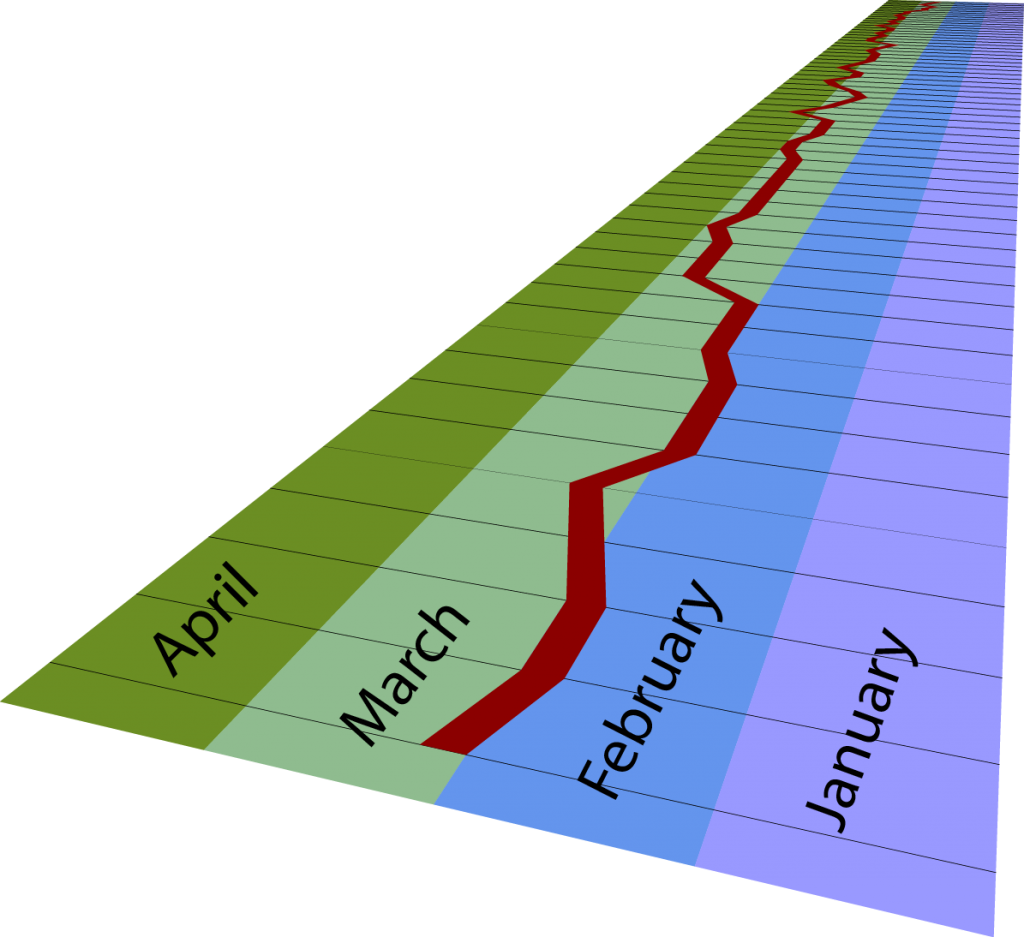As interest in data and data analysis grows, future students interested in the career have to work harder to understand the boundaries and guidelines. It won’t always be as simple as it was for Evan Thorne ‘15, who came to Wesleyan thinking he wanted to study Economics before discovering the QAC department. “I was starting to work with data sets in my math and computer science classes when I heard about big data,” Evan said, explaining that it was soon after he began taking classes with the QAC that he realized he wanted this as a career.
But what is “this”? Data science? Data analysis? Data manipulation? Sometimes it can be hard to define. But Evan did not flounder when I asked him for a definition of his job at CKM Advisors, the company where he was hired right after graduation. He began by explaining to me that an analyst is someone who is able to take in what’s readily available to them and then dissect it to look at more basic stats and trends. Data scientists, however, are able to find things that aren’t available – unstructured data – and take it in raw. “Every data scientist is an analyst in a way,” Evan explained, “but it’s at a much bigger level.” At CKM, Evan is a data scientist, and he is responsible for all of the analytic process: data ingestion, wrangling, manipulation, analysis, and visualization.


